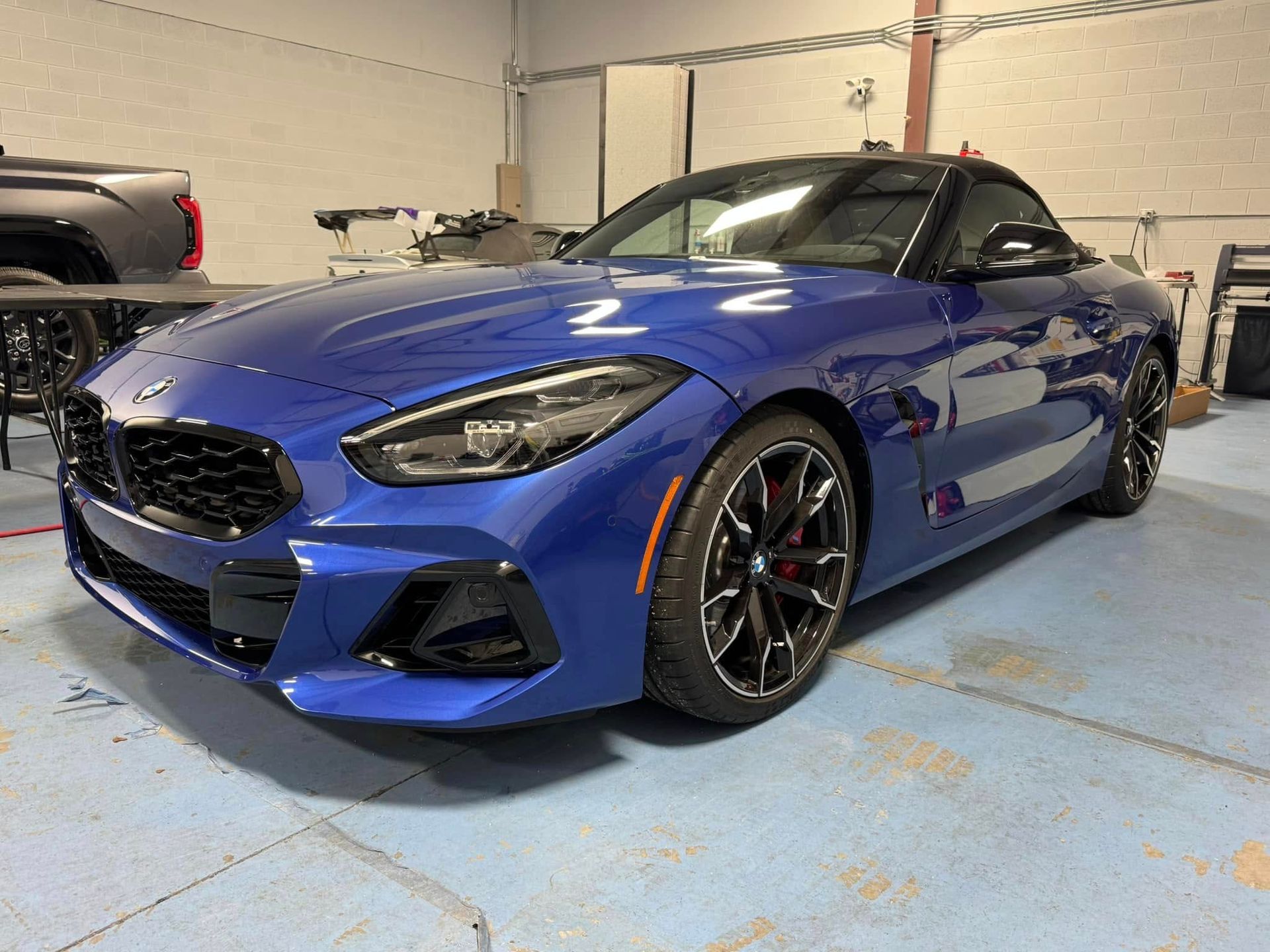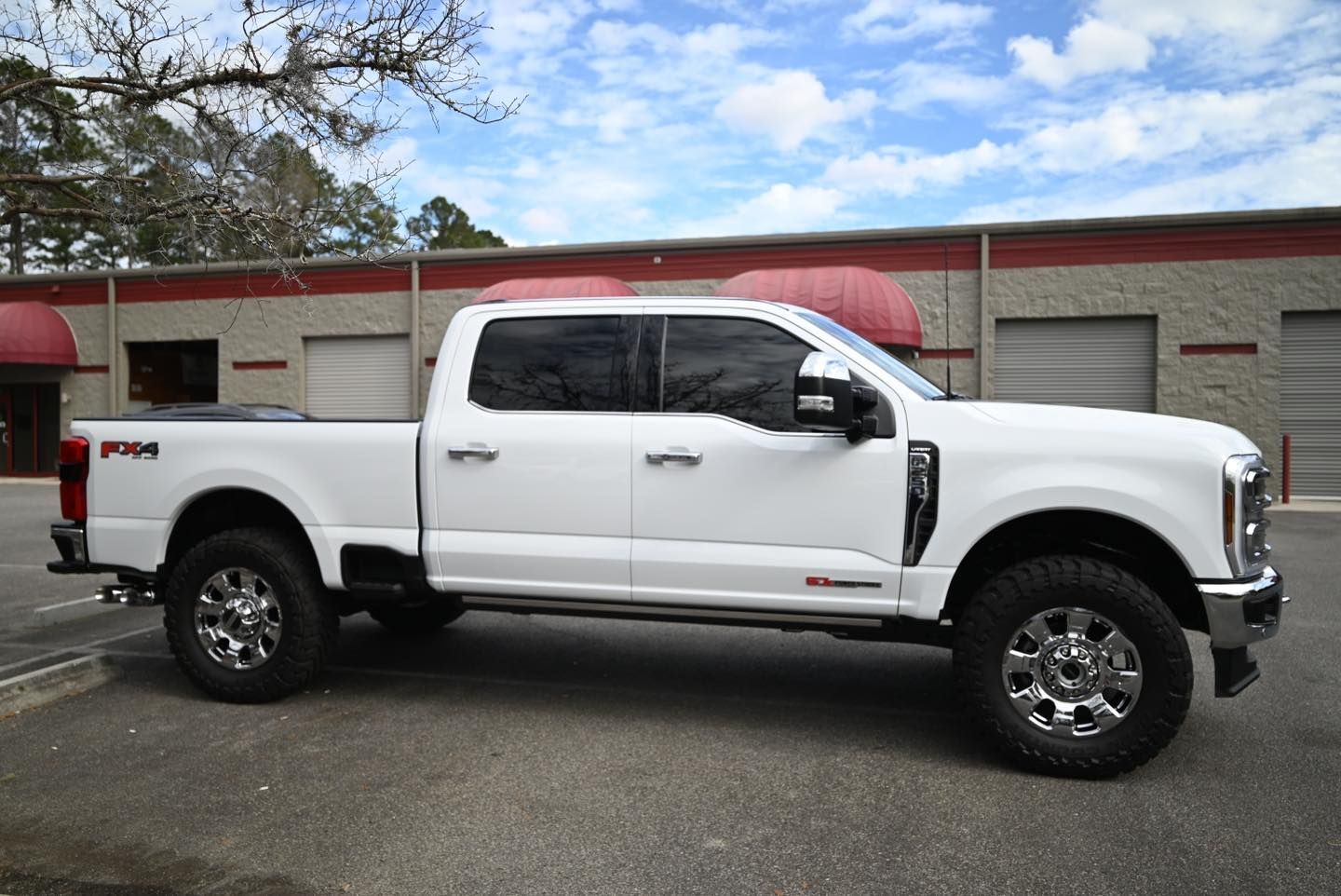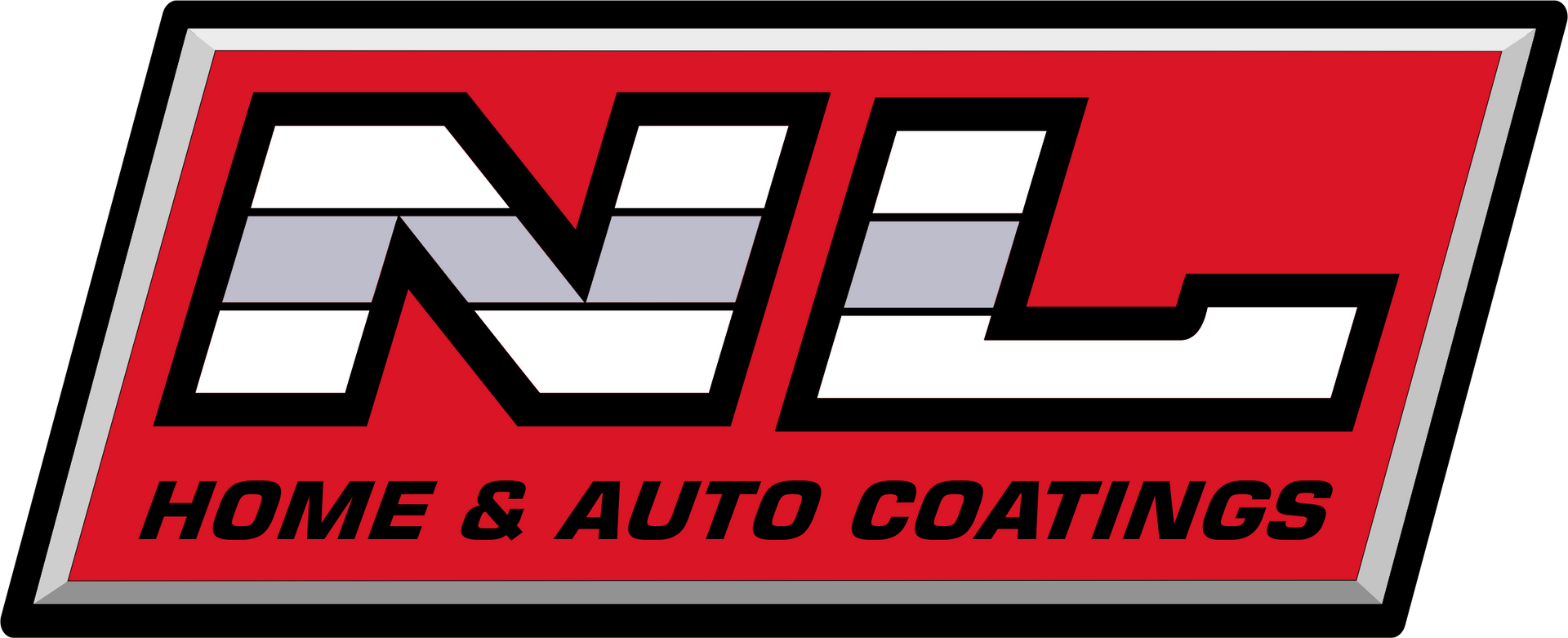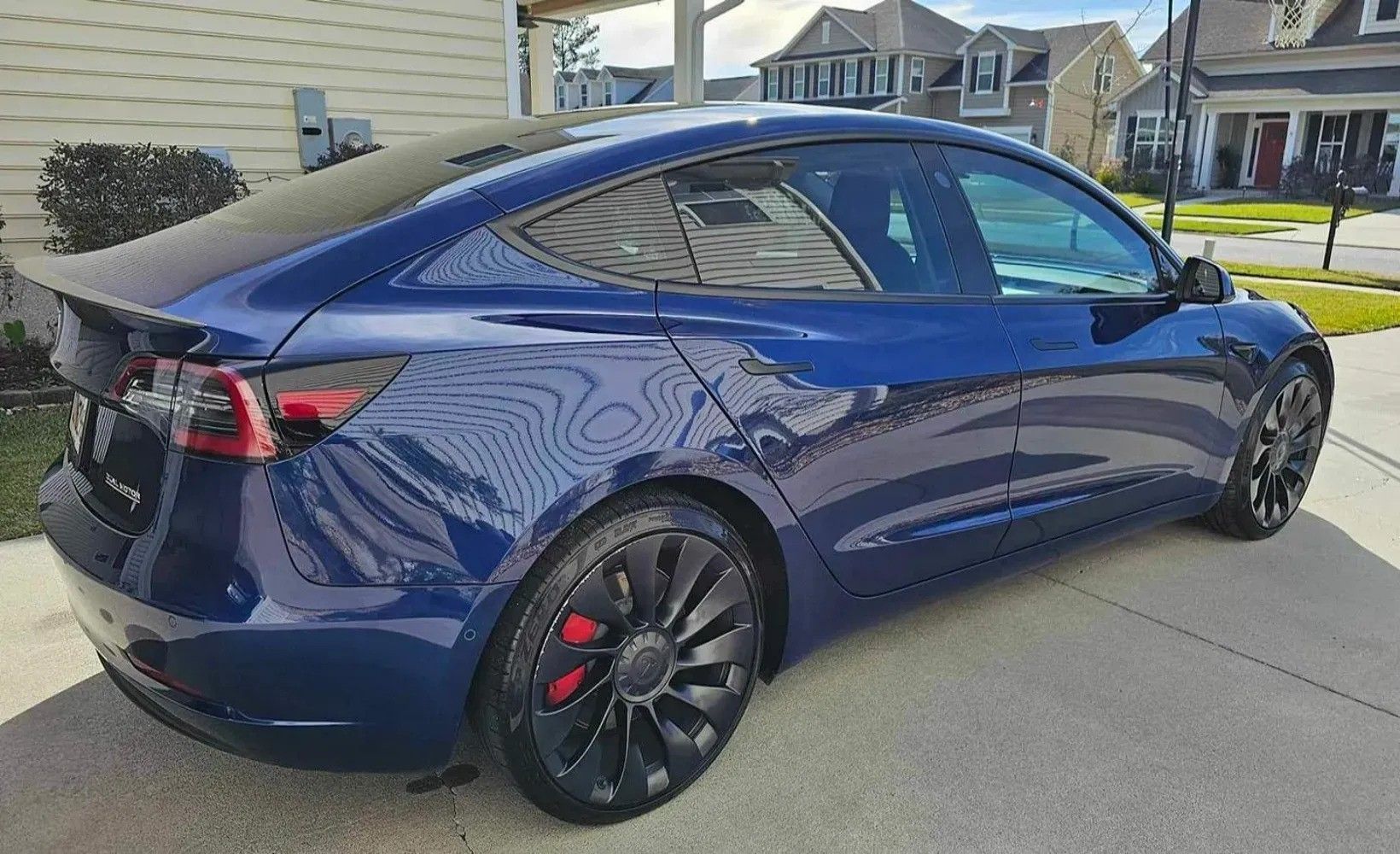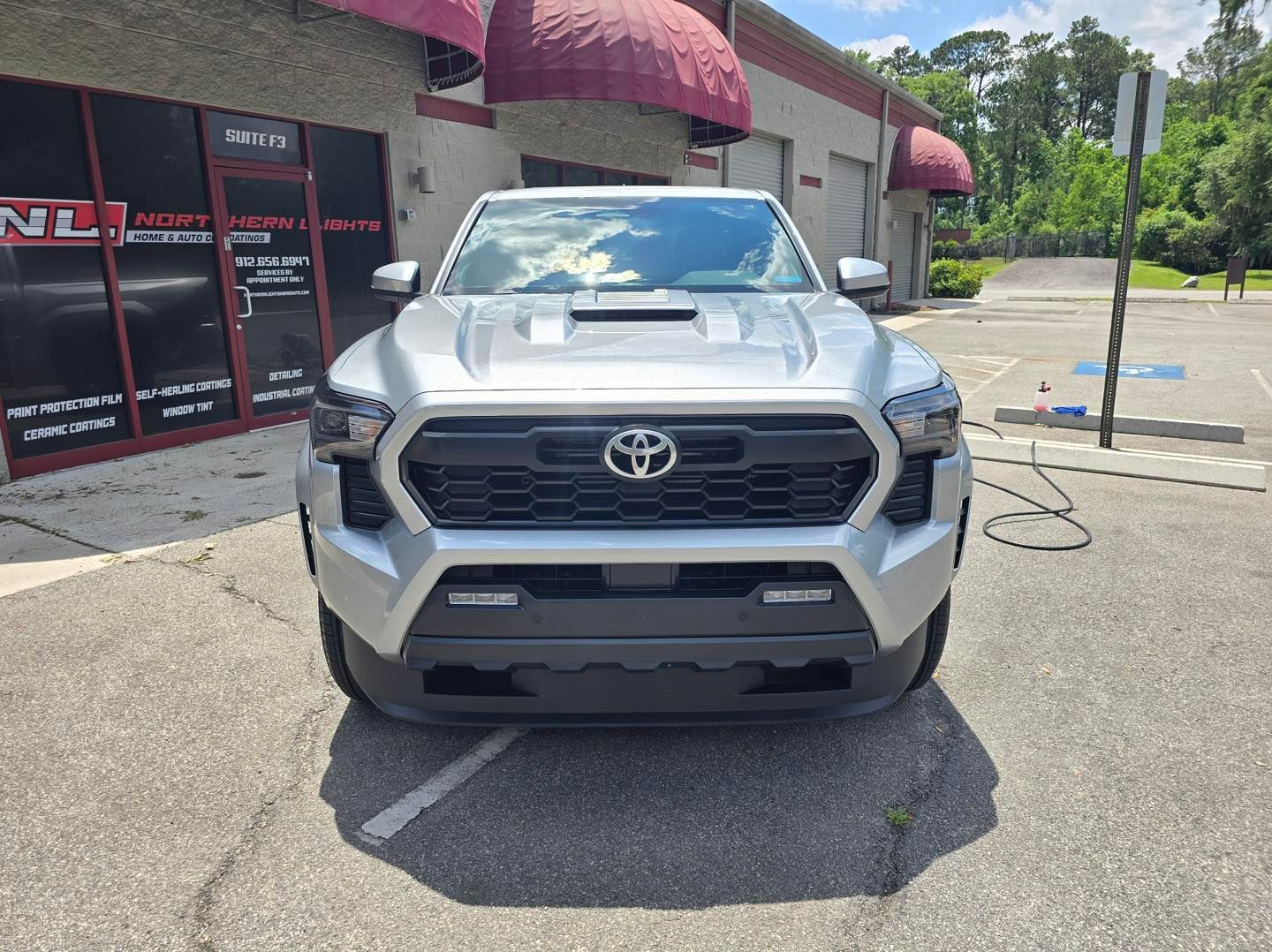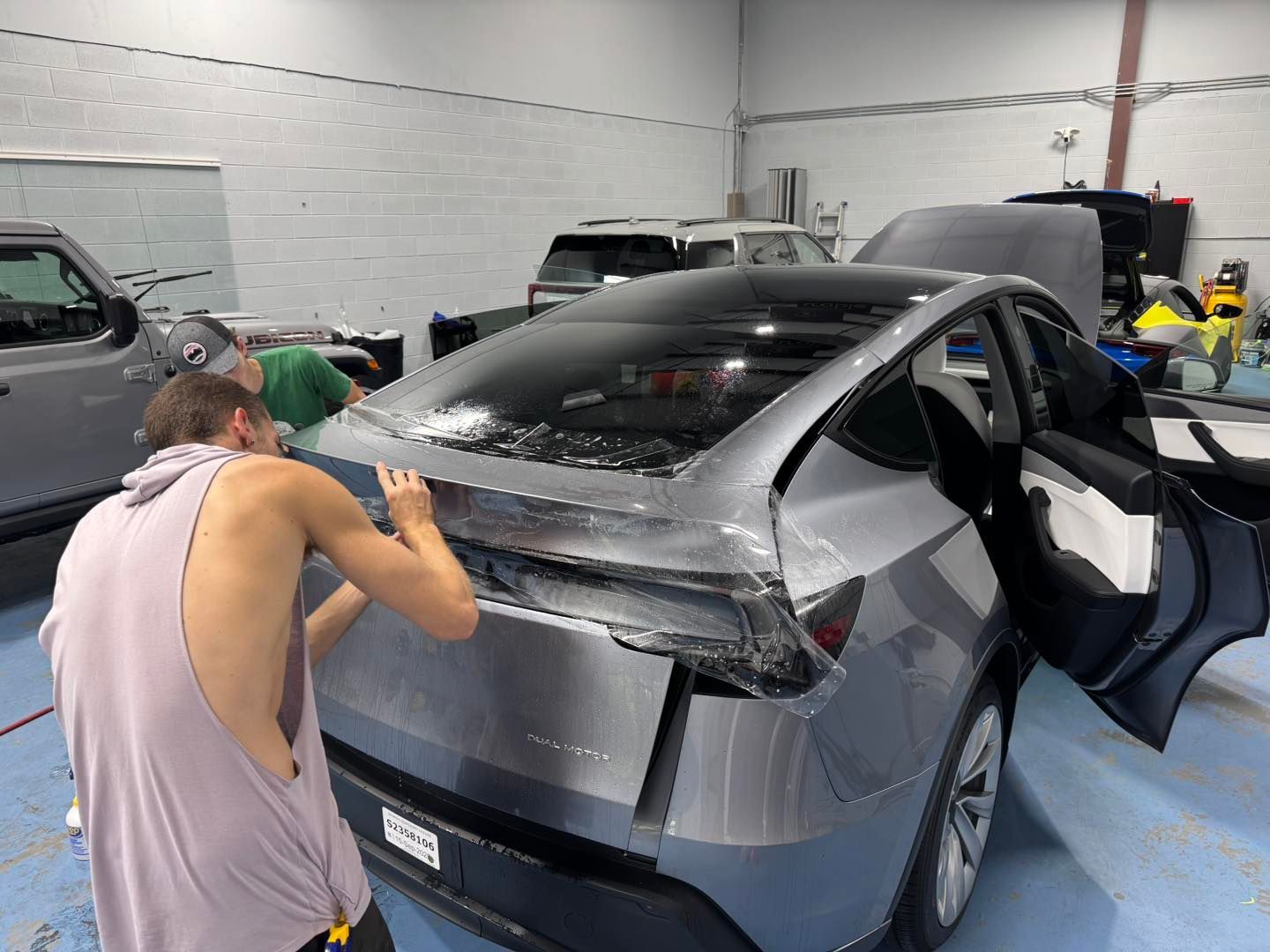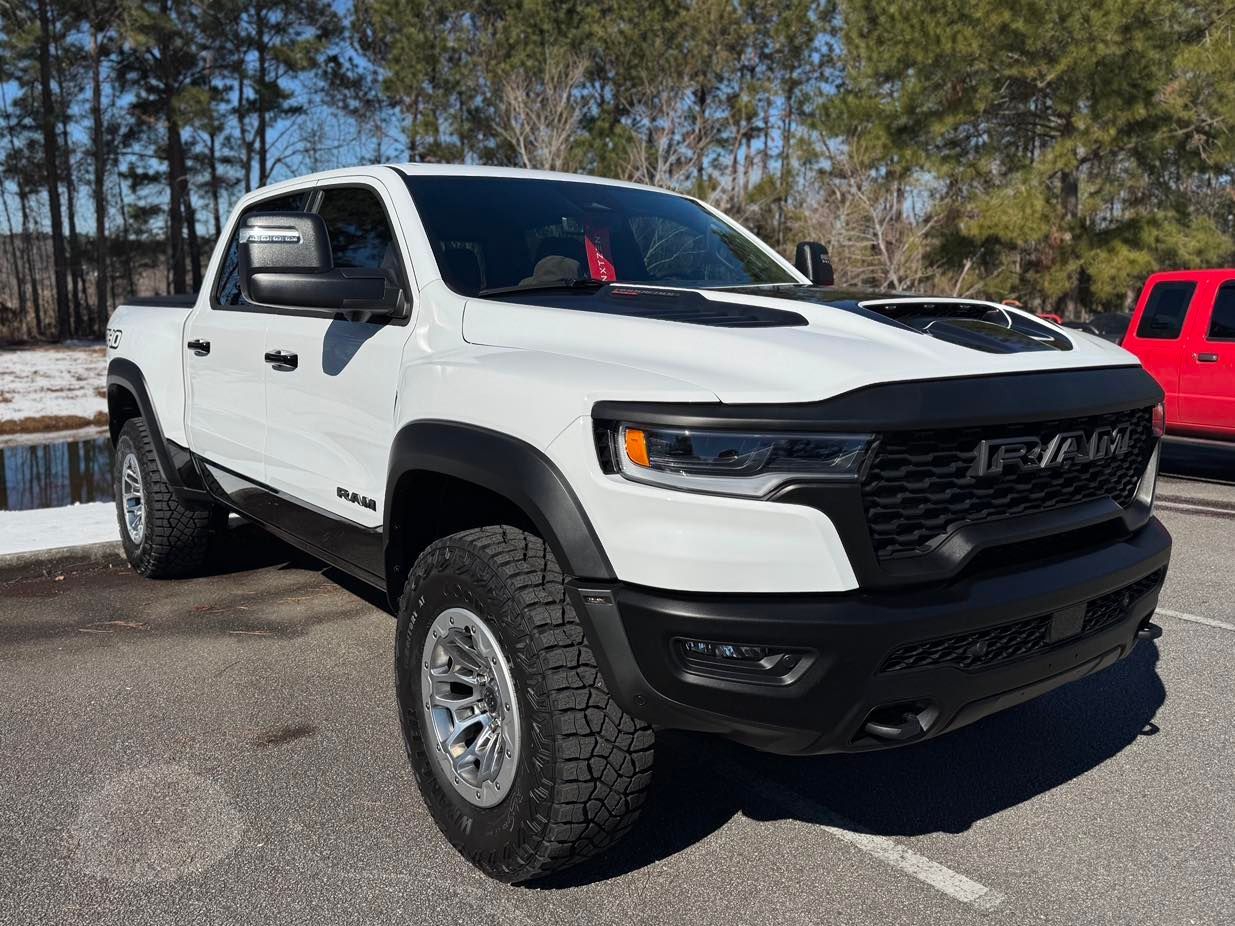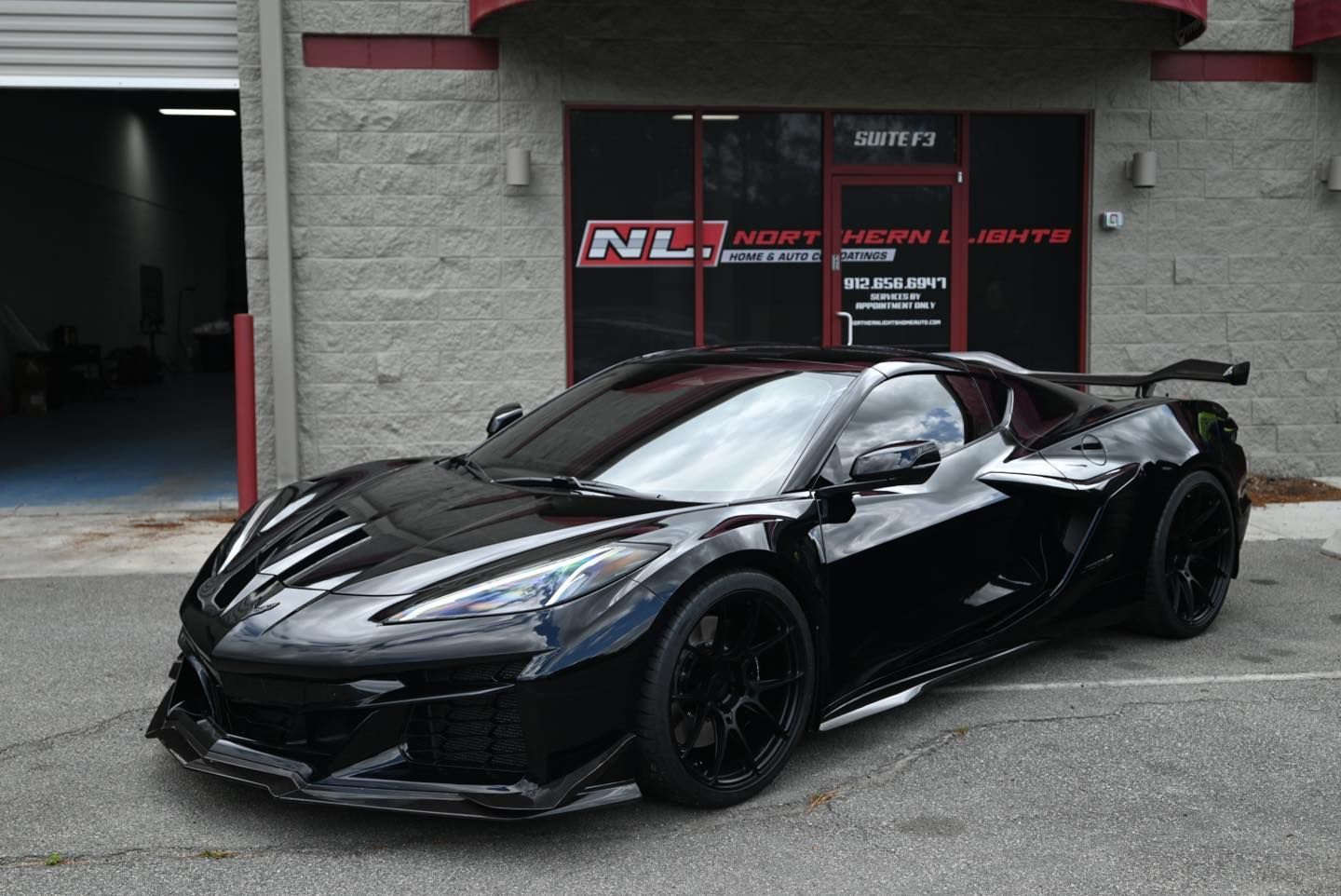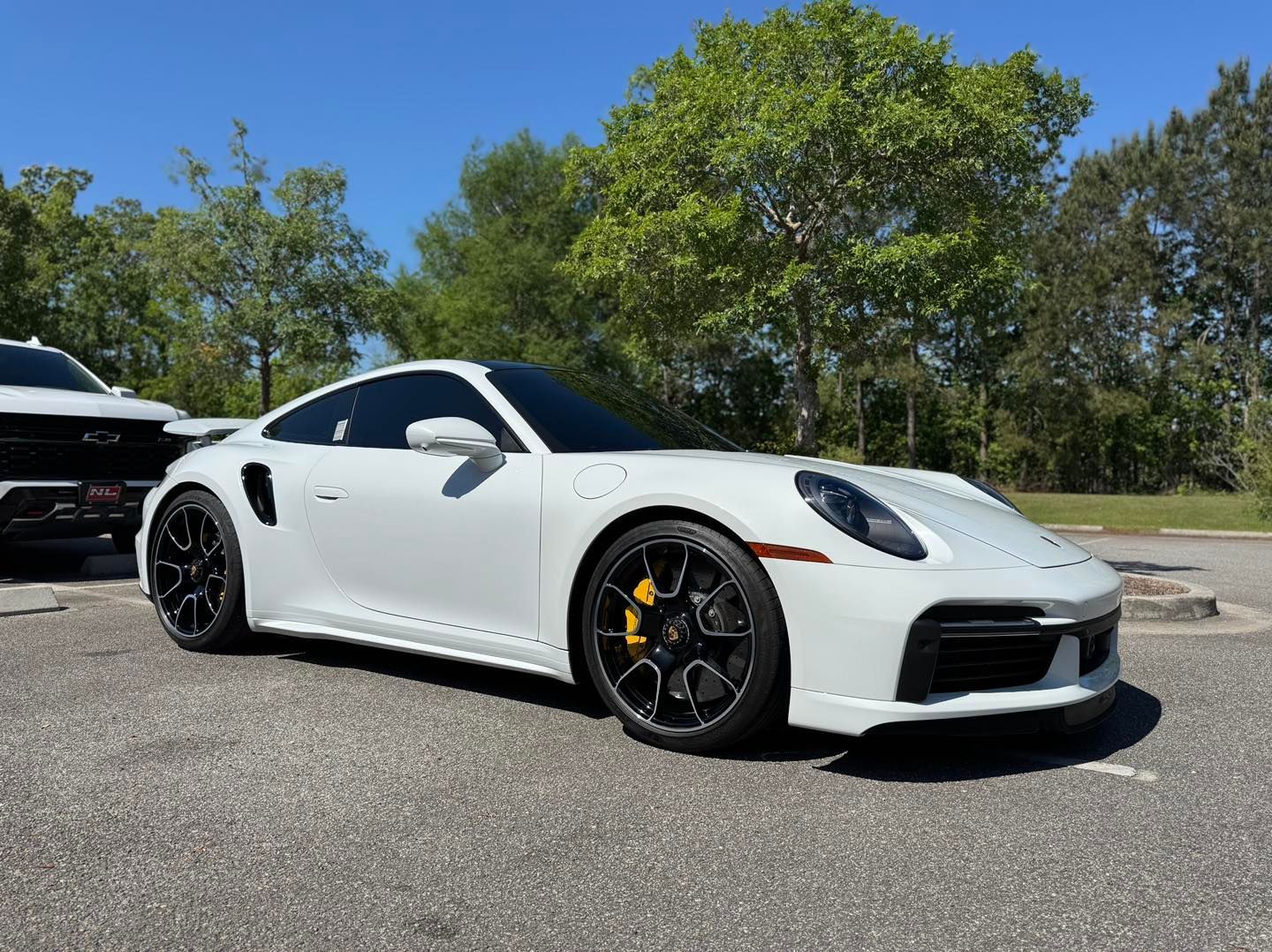The Benefits of Regular Ceramic Coating Maintenance: Protect Your Car's Shine and Longevity
Regular ceramic coating maintenance is key to unlocking your vehicle’s long-term brilliance and resilience. It enhances the hydrophobic traits of the coating, acting as a strong buffer against external elements like bird droppings or water spots and keeping your car's paint vibrant and uncontaminated. But here's something you might not expect—routine upkeep is also a savvy financial move. It curbs the need for frequent waxing or polishing, which eventually trims down your car maintenance expenses. So, ready to learn how it preserves your car's glossy finish? Let’s discover the benefits of ceramic coating maintenance!
Enhancing the Protective Qualities of Ceramic Coating
Ceramic coatings are designed to repel water and contaminants, forming a protective layer on the vehicle's surface. However, this hydrophobic property needs to be maintained regularly to ensure its effectiveness. Regular upkeep plays a crucial role in preventing water spots, bird droppings, and environmental elements from adhering to the car's surface, ultimately contributing to the longevity and efficacy of the coating.
By consistently maintaining the ceramic coating, you're essentially preserving its ability to repel dirt, grime, and other pollutants. This sustained protection serves as a guard for your car's paintwork, shielding it from the daily onslaught of environmental factors such as rain, dust, and UV rays. It goes beyond just keeping your car clean; it involves actively safeguarding and preserving its aesthetic appearance and structural integrity.
Imagine a ceramic coating as a shield for your car that fights off the elements. Just like any shield, it needs regular care to remain strong and reliable. Without this upkeep, the protective properties start to weaken over time, leaving your car vulnerable to damage that could have easily been prevented with proper maintenance.
Maintaining the hydrophobic properties of ceramic coatings ensures that your vehicle's surface remains free from contaminants and easily repels water. By doing so, you significantly reduce the chance of damage caused by environmental elements while prolonging the lifespan and effectiveness of the coating.
So, when you invest in a ceramic coating for your car, think of it not only as an initial application but also as an ongoing commitment to protect and preserve your vehicle's appearance for years to come.
Having understood how regular maintenance enhances the protective qualities of ceramic coatings, let's now explore how it simplifies cleaning and reduces the need for frequent detailing.
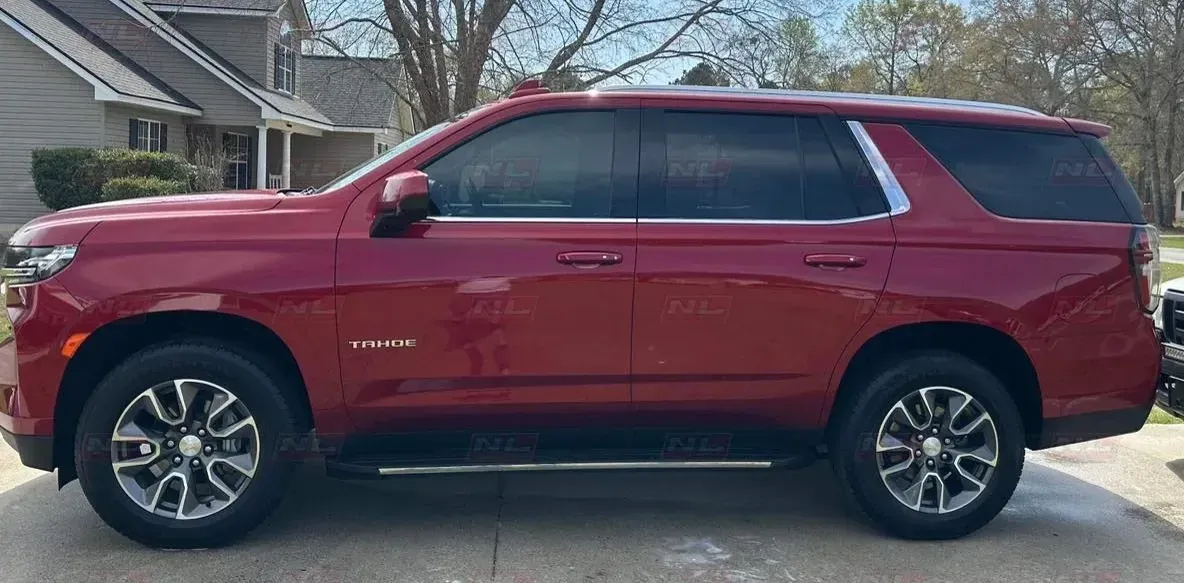
Preserving Your Car's Glossy Finish
Have you ever looked at a brand-new car and admired its sleek, glossy exterior? It's like the car has been polished to a mirror-like shine, catching the sunlight and turning heads as it cruises down the road. Regular ceramic coating maintenance ensures that your car maintains that stunning appearance over time.
The environmental elements, from harsh UV rays to rain, snow, and dirt, all team up to take away that glossy finish. But with a layer of ceramic coating, your vehicle is shielded against these adversaries. Instead of your car's paint being directly affected by these elements, the ceramic coating serves as a protective barrier. These coatings have hydrophobic properties, which means they repel water and other liquids. When water hits the surface, it beads up and runs off rather than sticking around and creating water spots or stains. This not only keeps your car looking cleaner for longer but also reduces the chance of minerals in the water etching into the paint.
The Impact of Protection
Environmental factors such as pollution, acid rain, bird droppings, and tree sap can all harm your vehicle's paint if left unchecked. A ceramic coating acts as a shield against these corrosive agents, safeguarding the underlying paint from degradation. This means less fading, dulling, or deterioration over time.
Additionally, exposure to UV radiation can cause oxidative damage to the clear coat and paintwork of your car. However, a high-quality ceramic coating helps block harmful UV rays, preventing your car's paint from oxidizing and retaining its deep color and luster.
Imagine driving your car through all kinds of weather conditions while still maintaining its brilliant shine. It’s all thanks to the protective properties of ceramic coatings.
By preserving your car's glossy finish with regular maintenance, you reduce the need for frequent waxing or polishing. This leads to cost savings in the long run by minimizing the amount spent on traditional detailing methods.
So regular maintenance isn't just about keeping your car looking great; it's also about protecting your investment and ensuring that it continues to turn heads for years to come.
The Role of Regular Cleaning in Ceramic Coating Maintenance
Ceramic coatings act as invisible shields for your vehicle, safeguarding its precious paint job from the elements. However, just like any superhero, they need assistance to maintain their peak performance. Regular cleaning plays a pivotal role in sustaining the efficacy and durability of ceramic coatings by safeguarding them from the relentless onslaught of dirt, grime, and pollutants.
Imagine ceramic coatings as a forcefield that surrounds your car, repelling water and airborne contaminants. However, this forcefield needs regular maintenance to keep functioning optimally. Every time you take your car out for a drive, it faces an array of environmental hazards that threaten its pristine finish. Dust, bird droppings, tree sap, pollen, and industrial fallout all conspire to compromise your car's exterior. By proactively cleaning your vehicle at regular intervals using dedicated car wash soaps and soft microfiber towels, you're not just removing unsightly blemishes; you're safeguarding the coating itself.
Furthermore, employing gentle cleaning techniques during regular washes is paramount. Aggressive scrubbing with harsh materials can wear down the coating prematurely, reducing its protective capabilities. It's similar to washing delicate silk—you wouldn't want to use harsh detergents and abrasive scrubbing tools as they could damage the fabric. Similarly, treating your vehicle with care during cleaning preserves the functional integrity of the ceramic coating.
By maintaining a regular cleaning schedule using industry-recommended products and methods, you effectively extend the lifespan of your ceramic coating while keeping your car-looking showroom fresh. This means fewer detailing sessions and more time spent enjoying the mirror-like gloss that ceramic coatings deliver.
Regular cleaning plays a crucial role in preserving the functionality of ceramic coatings by actively combating contaminants and ensuring their continued effectiveness in protecting your vehicle.
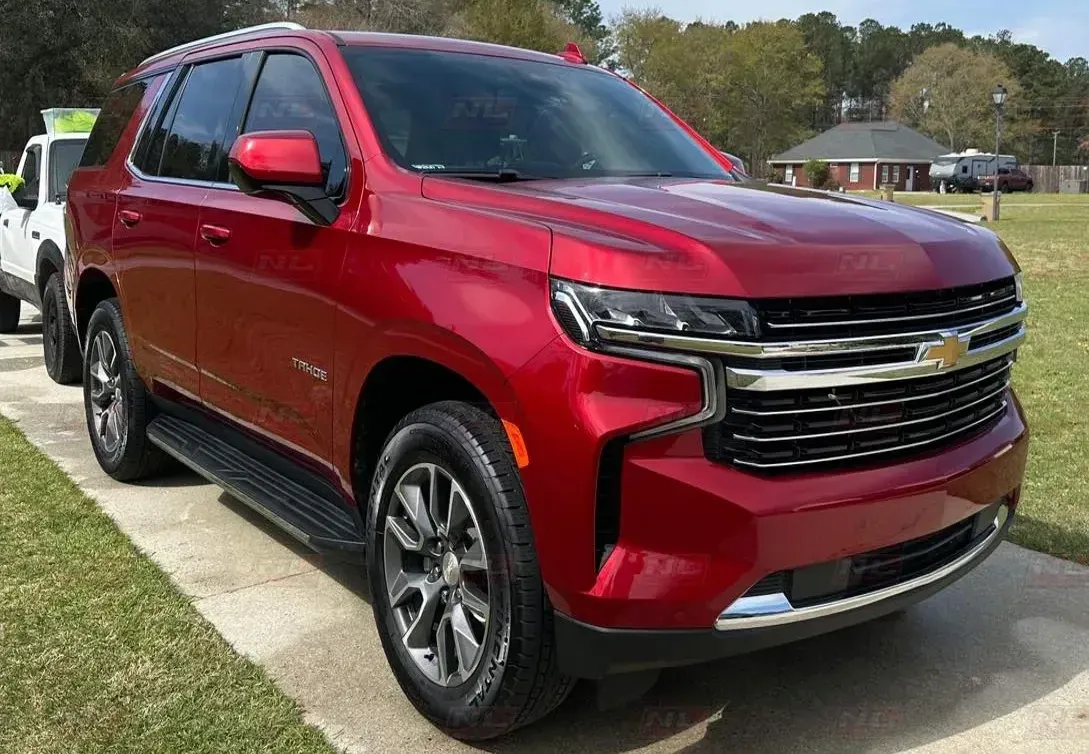
Long-Term Benefits: Increasing the Lifespan of Ceramic Coating
A well-maintained ceramic coating acts as a shield for your vehicle's exterior, protecting it from environmental hazards and preserving its original glossy finish. Regular maintenance is about safeguarding your investment and saving you money in the long run.
When you wash your car regularly and promptly remove contaminants like dirt, dust, and bird droppings, you prevent them from bonding to the coating and damaging the paintwork, which is crucial for maintaining the aesthetic appeal of your car's exterior.
Regular maintenance of your ceramic coating helps prevent the accumulation of contaminants that can degrade its protective properties over time. By sticking to a consistent maintenance routine, you effectively extend the lifespan of the ceramic coating and reduce the need for frequent reapplications.
This not only saves you money on costly reapplications but also ensures that your vehicle remains well-protected against UV rays, water spots, bird droppings, tree sap, and other environmental aggressors. Committing to regular maintenance prolongs the longevity of the protective layer on your car's exterior.
Moreover, by reducing the frequency of reapplications through diligent maintenance, you minimize wear and tear on your vehicle's paintwork. This means that your car stays looking newer for longer, retaining its showroom shine and enhancing its resale value down the line.
Regular maintenance significantly increases the lifespan of ceramic coatings on vehicles. By following a consistent maintenance routine, the coating's protective qualities are retained, reducing the need for frequent reapplications. This leads to long-term cost savings and prolonged protection for the vehicle's exterior, preserving its aesthetics and structural integrity.
Ensuring that your car retains its pristine appearance despite harsh weather conditions is essential for every car owner. Let's move on to explore how effective protection shields your vehicle from nature's elements.
Shielding Your Vehicle from Harsh Weather Conditions
Your car’s paint endures a barrage of weather conditions - scorching sun, hail, rainstorms, and snow. However, with a protective layer of ceramic coating and consistent maintenance, your car can withstand these harsh conditions.
Direct sunlight contains ultraviolet (UV) rays that can cause paint to fade and age prematurely. Ceramic coatings act as a barrier against UV rays, preventing them from reaching the paint. This maintains the gloss and color intensity of the vehicle's surface over time.
Additionally, acid rain can be a real menace to your car’s exterior. It doesn't just wash away dirt; it also carries harmful pollutants that can etch into the paint, creating spots that are hard to remove. Ceramic coatings provide a protective shield against acid rain, preventing such corrosive substances from damaging the clear coat.
Snow, ice, and salt used for de-icing roads during the winter can also wreak havoc on your car's paint and metal surfaces. Regular maintenance of ceramic coatings reinforces its resilience against these corrosive agents, safeguarding the vehicle from rust and corrosion caused by prolonged exposure to such harsh environmental elements.
In summary, keeping up with regular maintenance routines ensures that your ceramic-coated vehicle is prepared for anything nature throws at it. Whether it's intense sunlight, acid rain, or harsh winter conditions, your vehicle's protection against these elements remains steadfast, preserving its aesthetics and structural integrity for years to come.
While the protective benefits of ceramic coatings offer long-term advantages, understanding their costs is pivotal in making informed decisions regarding care for your vehicle's exterior.
Understanding the Cost of Regular Ceramic Coating Maintenance
When it comes to ensuring your vehicle looks as good as new, cost is always a key consideration. Engaging in regular maintenance might sound like it will be a burden on your wallet, but let's look at it this way - would you rather pay a little now or a lot later? Ceramic coating maintenance may involve some initial expenses for cleaning products and detailing services; however, the expenditure is remarkably lower compared to potential costs associated with repainting or extensive restoration due to neglect or insufficient maintenance.
Think of it like this: spending a little money now can save you a lot more down the road. The small, routine costs for upkeep are nothing compared to the hefty bill that could come from ignoring maintenance and letting your vehicle's appearance deteriorate over time.
Regular maintenance not only keeps your car looking sleek and shiny but also safeguards it against environmental elements. It acts as a protective shield, saving your vehicle from damage that could otherwise require costly repairs or replacements. It's like having an insurance policy for your car's appearance.
By prioritizing regular maintenance, vehicle owners are effectively investing in the long-term preservation of their vehicle's appearance. This approach not only maintains the visual appeal but also contributes to the prevention of avoidable expenses caused by neglect.
In conclusion, prioritizing regular maintenance for your vehicle is an investment in its longevity and aesthetics. With proper care, you can avoid significant repair costs down the line. If you are considering ceramic coating installation for your car, reach out to us at Northern Lights Home & Auto Coatings or call us at (912) 656-6947 to learn more about our services and how we can help protect your vehicle!
